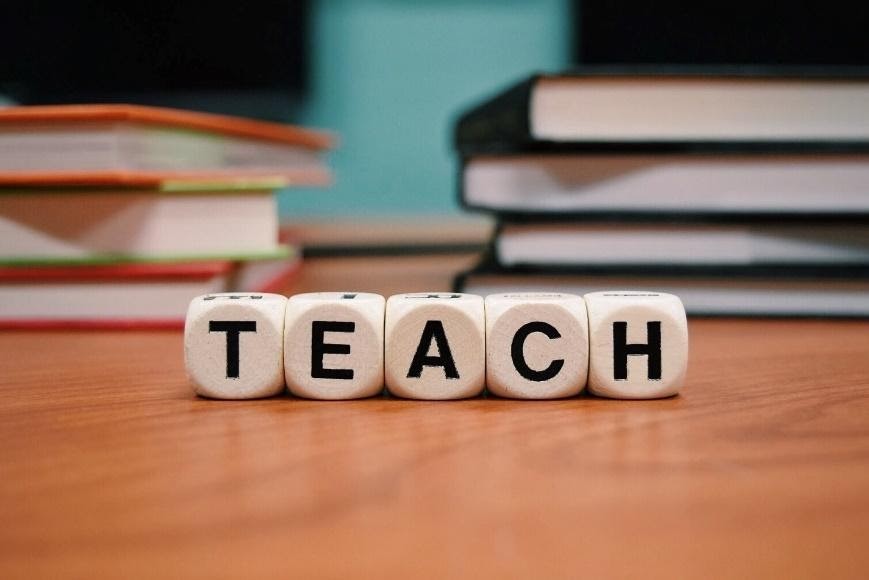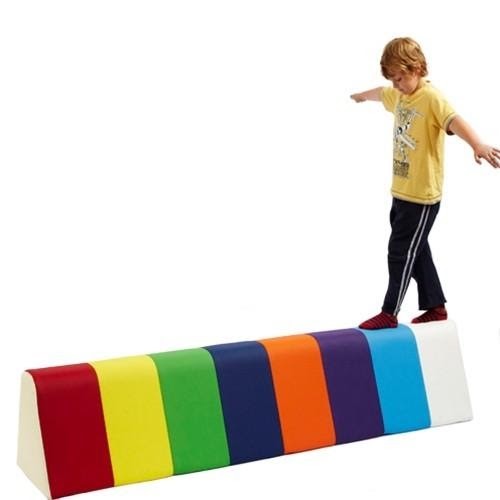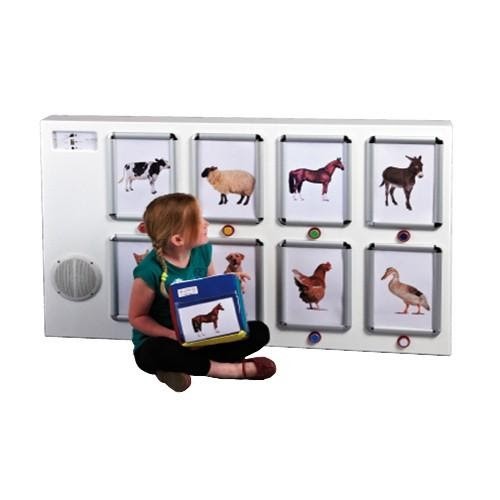According to The Society for Neuroscience, headquartered in Washington DC, an astonishing 5 to 15 percent of Americans have dyslexia, making it difficult for them to spell, read, and write. In this article, we’ll explain what dyslexia is, tips for helping dyslexic students succeed, and why it’s so important that schools invest in tools to help students with dyslexia. We’ll also reveal our top 3 dyslexia learning tools.
It’s important to remember that dyslexia is not a reflection of a student’s intelligence or how hard they are trying, as students with dyslexia are able to learn and thrive academically.
What is Dyslexia?
Dyslexia is a learning difficulty that can result in issues with reading, writing, understanding math, and spelling.
Although it is a life-long condition, there are some brilliant tools available to improve reading and writing skills, allowing people with dyslexia to be successful both at school and work!

Tips on Helping Dyslexic Students Succeed
Reading:
- Start with short decodable books
Students with dyslexia could become discouraged if you start them with a book that is too difficult to decode. Short decodable books will provide the student with a sense of accomplishment and encourage them to keep going!
- Make reading exciting!
Show your love for books as a teacher and read out loud with enthusiasm to your class.
- Don’t put someone on the spot
School can be a very difficult experience for students with dyslexia, so a teacher must never call someone out to read aloud in front of classmates. It is a teacher’s responsibility to ensure the students feel as though they’re in a comfortable and safe environment.
Writing:
- Imagery is vital
Visual media helps students with dyslexia to connect the words with the scene/object they are attempting to describe.
- Provide positive feedback
Teachers need to ensure that they're not just focusing on correcting the student's work but also explaining to the student what was incorrect and what to do next time.
- Mind Mapping is key
Creating a plan of action will help the student have a clear idea in their mind what they need to cover in their assignment.
Mathematics
- Graph paper can work wonders!
Graph paper makes all the difference to a student with dyslexia. Many find it extremely difficult to line up numbers correctly.
- Make math fun!
To avoid overwhelming dyslexic students, teachers should add fun activities into their math lessons such as mental math games. Or, help students understand through sound and
music!
- Colors are very helpful
Using colors to organize materials into different topics or groups can significantly help the student take in and remember information.
Why Schools Should Invest in Dyslexia Learning Tools
Dyslexia learning tools can profoundly affect students ability to learn to read and master mathematics and written communication skills. Using the correct tools regularly, dyslexic students are not only capable of learning; they’re capable of becoming confident and high-achieving individuals. Tools like projected images can increase students' self-confidence by encouraging visual awareness, visual tracking, visual memory, and visual stimulation.
Our Top 3 Dyslexia Learning Tools:
While these are some of our top tools to help with dyslexia, we list them in no particular order.

The completely wireless IRiS Balance Beam offers endless opportunities to develop a variety of skills such as; color recognition, cause and effect, hand to eye coordination and motor skills.
This highly-engaging and fun tool allows you to chart progress, balance, and also encourages motor planning, using the colors as indicators.

At Experia USA, we strongly believe that anyone of any age or ability can use bubble tubes!
Bubble tubes have the ability to calm and stimulate interaction through their mesmerizing, constantly moving, and color-changing bubbles that both soothe and grab the attention of the user.
Bubble tubes are illuminated using LED technology, ensuring your bubble tube is always bright, crisp, and vibrantly colorful. Also, our LED bubble tubes are highly durable and energy-efficient, as LED bulbs do not need to be changed as often as regular light bulbs.

The IRiS soundboard is an interactive sound-producing picture board with 8 frames to display your own images or words.
This tool allows you to improve skills such as gross and fine motor skills and color recognition.
When paired with any IRiS Controller (we call them Talkers), each frame on the Soundboard illuminates and plays one of the eight pre-recorded messages. This tool also allows you to personalize the experience by recording your own messages!
If you’re planning on investing in some tools to help students with dyslexia and need a little guidance, check out this useful article on creating your own sensory room.
For additional advice and assistance with building your own multisensory room, please contact our experienced team today at 1-800-882-4045.



